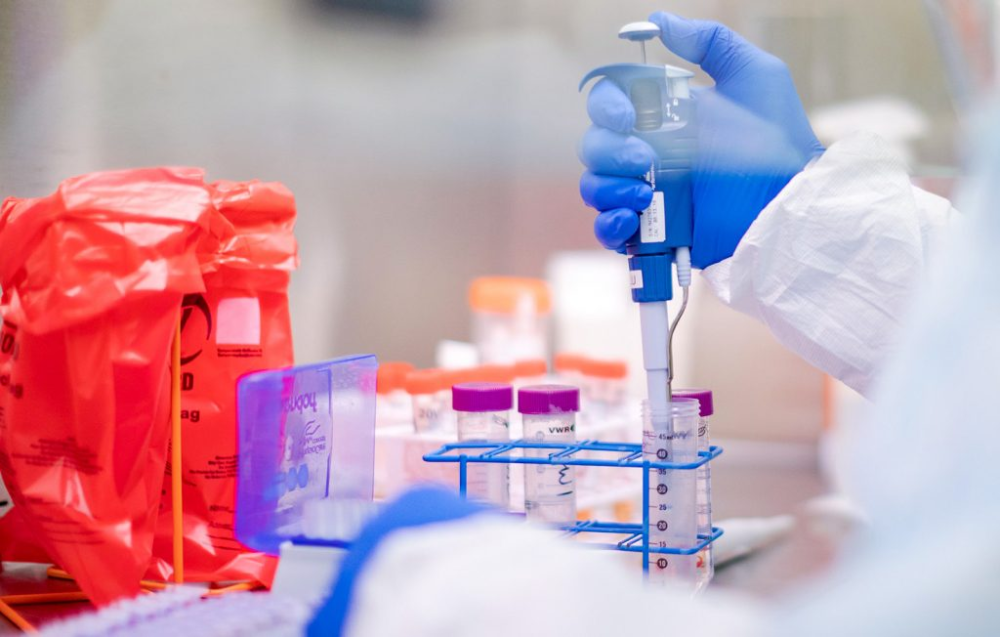
By Brandon Nguyen
In the midst of the coronavirus pandemic, Congress has spent nearly $10 billion on Operation Warp Speed (OWS).
OWS is an effort to speed up the development of vaccines, therapeutics and diagnostics for COVID-19, working closely with four OWS candidates who have already reached Phase 3 testing, such as Johnson & Johnson.
Operation Warp Speed, led by immunologist Moncef Slaoui, who is leading the development of the vaccines, and General Gustave F. Perna, officially started on May 15, though the development of vaccines and therapeutics by the United States government had already started in March. Key agencies working on OWS include the Department of Health and Human Services, Centers for Disease Control and Prevention, Food and Drug Administration (FDA), National Institutes of Health and Biomedical Advanced Research and Development Authority, among others.
United States President Donald Trump has promised a vaccine will be ready by the end of the year. This has raised some skepticism and criticism from politicians and health experts because a vaccine typically takes around 10 to 15 years to make.
OWS states it is taking all necessary measures that are typically needed to develop a vaccine, although it is unconventionally doing some steps simultaneously. The ultimate verdict on the safety of the vaccine is up to the FDA. T
As of Oct. 9, the British-Swedish pharmaceutical company Astrazeneca received $486 million from the United States government for the development of antibody solution AZD7442. The United States will get 100,000 doses of AZD7442 and will be allowed to purchase up to one million doses of the antibody.
Currently, Operation Warp Speed has developed therapeutics such as Regernon and Remdesivir, which lessen COVID-19 symptoms and are paid for by tax dollars but administered to the American people at no cost.
Gilead Sciences has done a trial on Remedesivir, showing that it reduced the risk of death by 62% as opposed to standard care. Regeneron, which Trump took after his COVID-19 diagnosis, has yet to undergo a peer-reviewed drug trial and is not available to anyone outside of Regeneron’s experimental trials. However, the company that makes Regeneron has requested emergency approval from the FDA.
The United States has done more testing than any other individual country as of Aug. 27, with over 79 million coronavirus tests performed. The President has encouraged those who have recovered from COVID to donate their blood plasma, which would allow scientists to harvest antibodies and transfuse them with convalescent plasma to help treat COVID-19 patients and work towards a vaccine and more therapeutics.
Besides vaccine development, OWS has relocated $6 billion from the Strategic National Stockpile to ramp up production of personal protective equipment (PPE), ventilators and testing supplies.
“[I]t’s encouraging to be able to be able to say that every single American who has needed a ventilator has received a ventilator,” White House Press Secretary Kayleigh McEnany said.
McEnany later noted the effort to produce 100,000 ventilators in 100 days.
Furthermore, the Trump administration distributed $2.5 billion to nursing homes for COVID-19 relief funding, allowing access to the tests, PPE and other needs that were produced by Operation Warp Speed.
The acceleration of vaccine development has raised some concerns, and some frontrunners have experienced failed clinical trials.
Johnson & Johnson, for example, halted its clinical trial on Oct. 12 because of an incident with a participant experiencing an “unexplained illness.”
However, Anthony Fauci, head of the Coronavirus Task Force, stated in an interview that he had no worries that the vaccine would be unsafe and reaffirmed the President’s speculation that a vaccine would be ready by the end of this year or the beginning of 2021.





